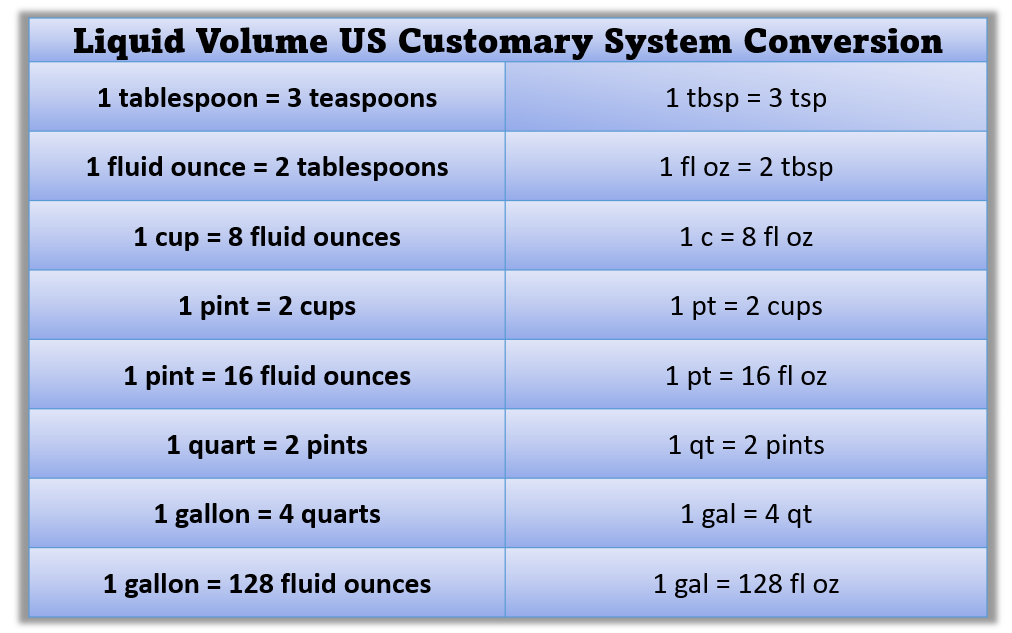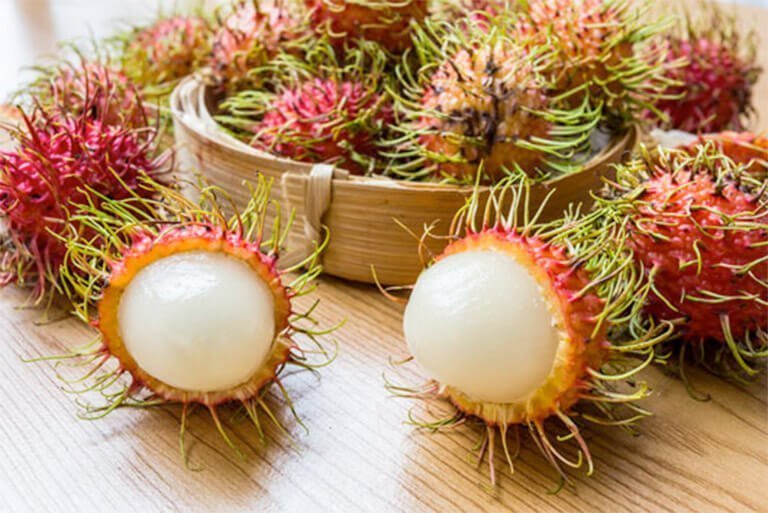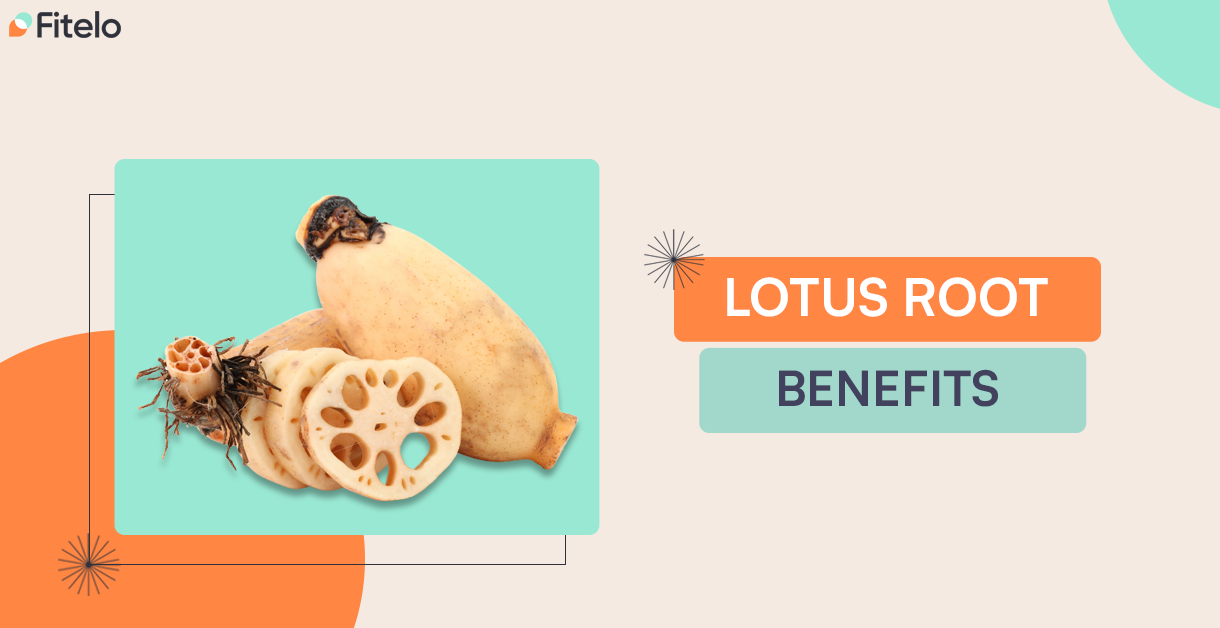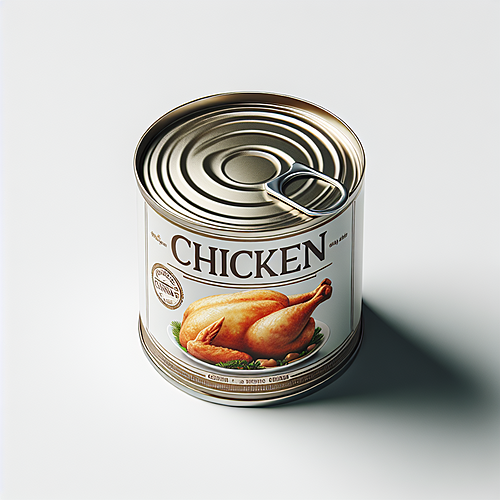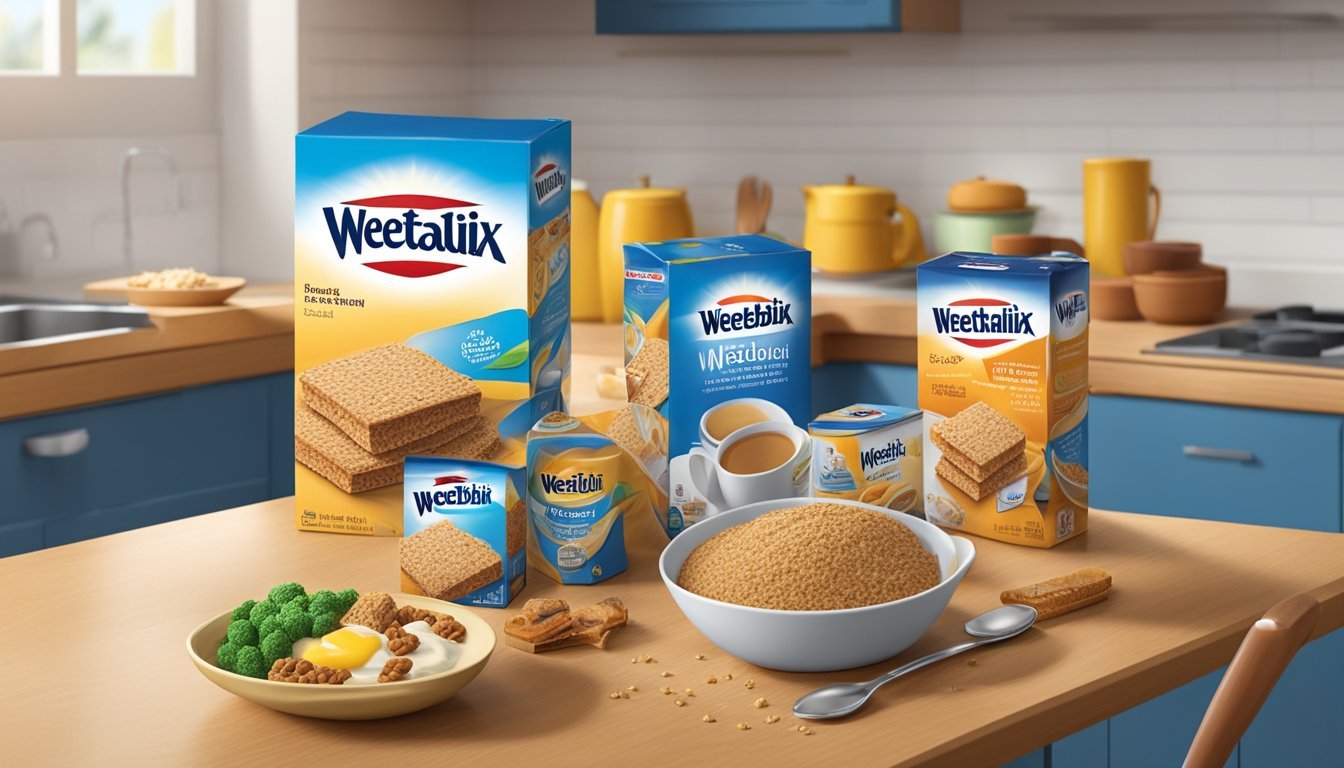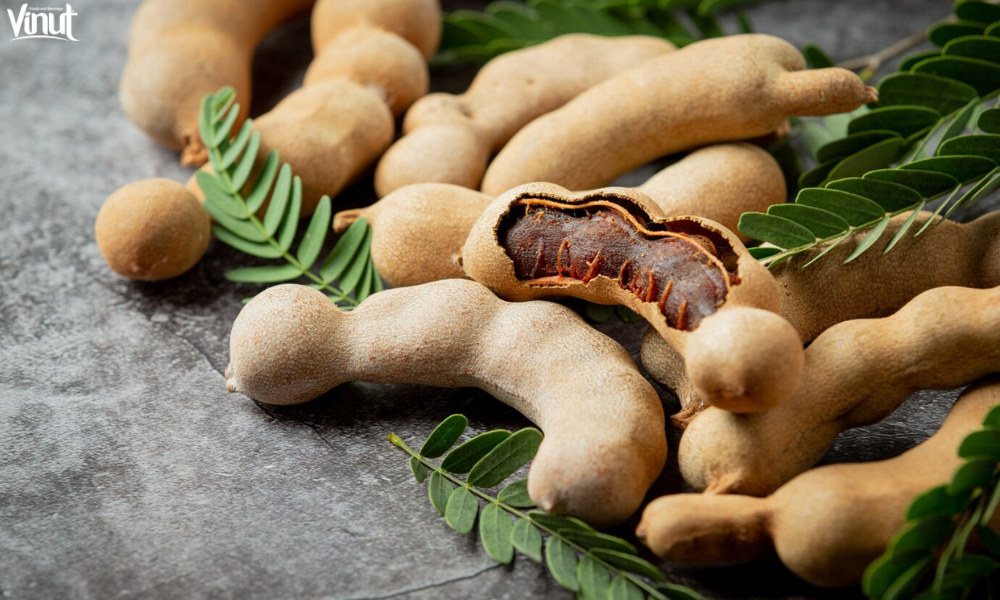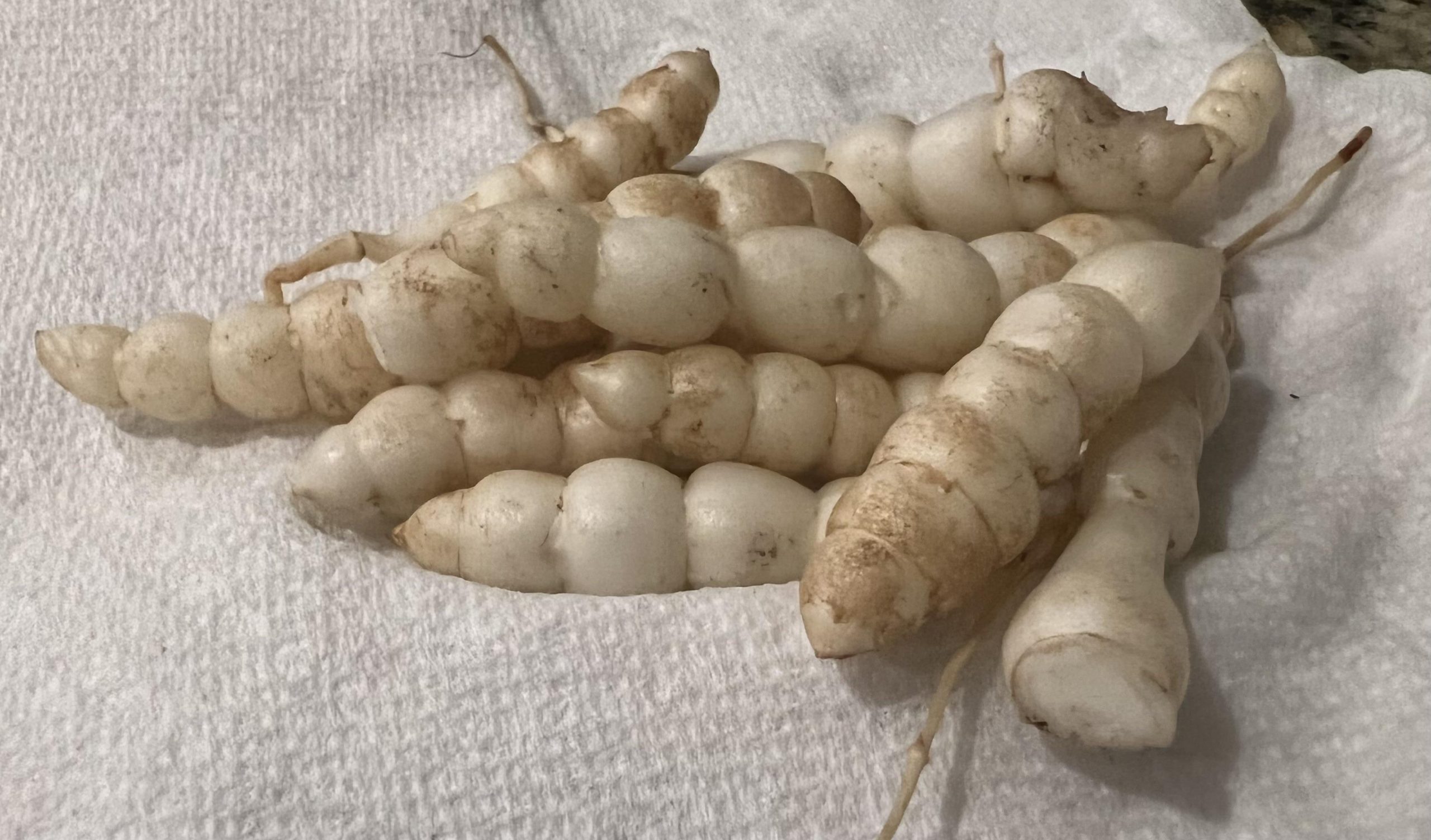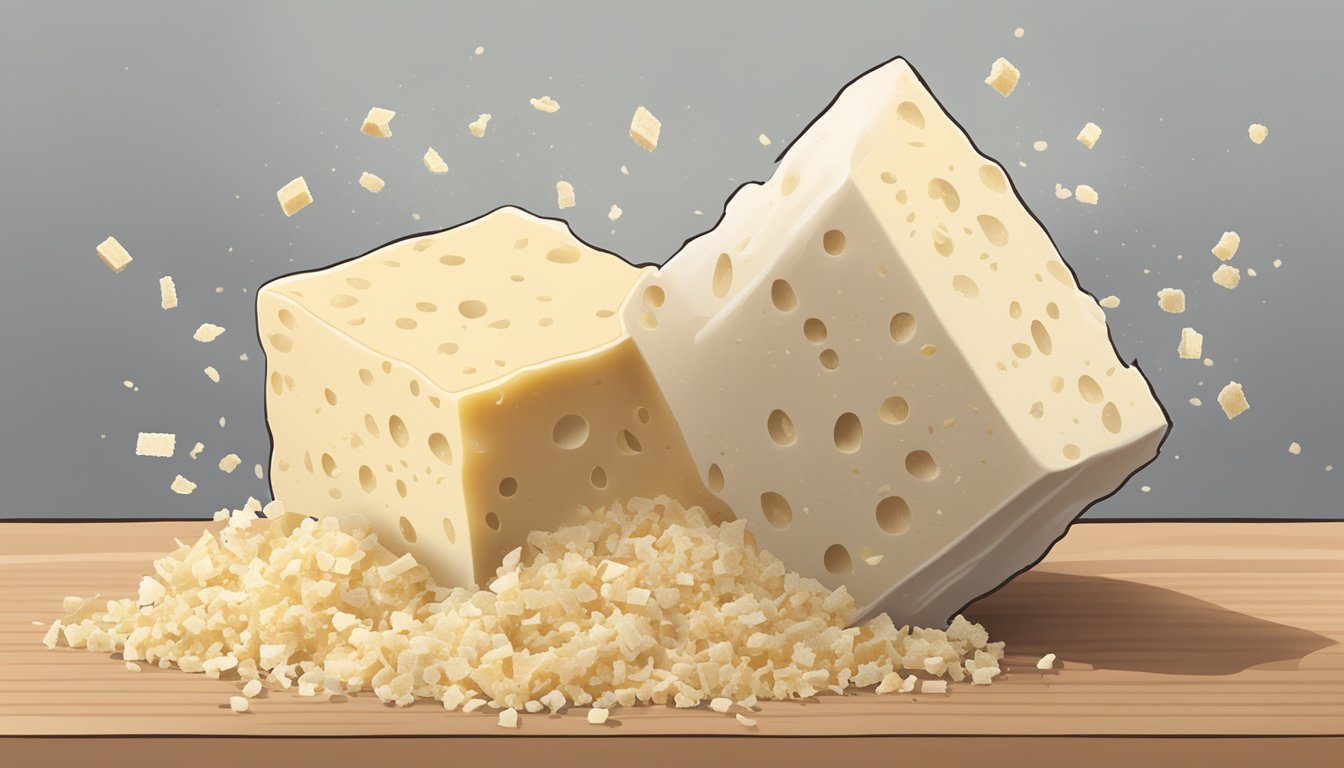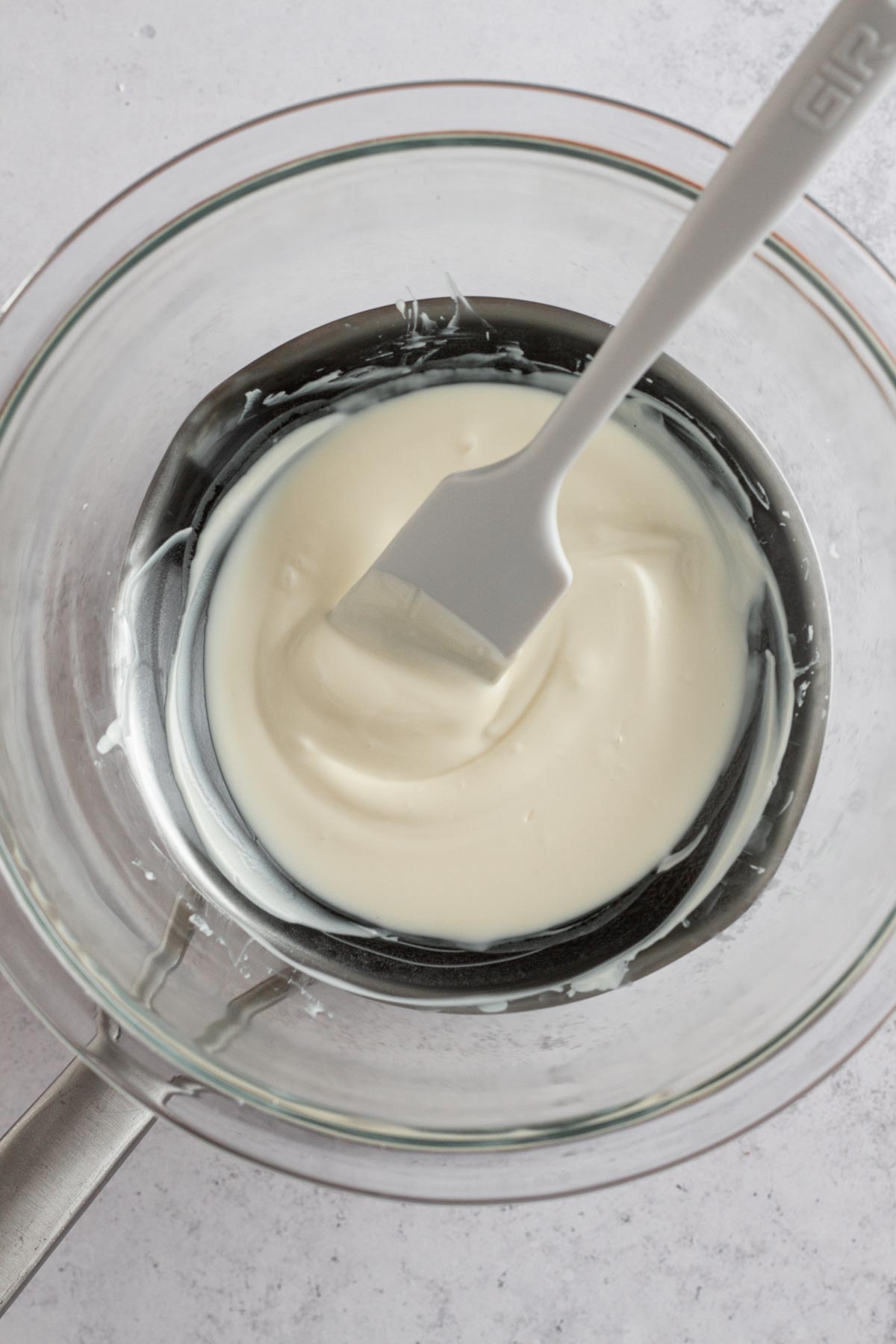– Dates are one of the oldest fruits in the world and have been cultivated since 4000 B.C.
– Dates are often consumed dried due to their sweetness and are heavily produced in Iran, Saudi Arabia, and parts of northern Africa.
– Egypt is currently the largest producer of dates.
– Dates are considered a “holy fruit” in Judaism, Christianity, and Islam.
– Dates contain a lot of sugar, which becomes more concentrated when dried.
– Dates are used to sweeten cakes, puddings, and recipes such as Brussels sprouts salad.
– Like any fruit or vegetable, dates have an expiration date. This article provides information on how to choose, store, and serve dates. It mentions that when selecting dates, it is important to choose ones that are intact, moist, and without blemishes or mold. Pitted dates have had the pit removed, while others still contain the pit. Packaged dates from the grocery store are ready to eat. Dates purchased fresh from a farmer should be checked for black mildew spots.
– The article also highlights the nutrient content of Medjool dates. They are low in calories, fat, cholesterol, and sodium. They are an excellent source of fiber and a good source of potassium, niacin, and vitamin B-6. Four dates provide 28% of the daily value for fiber, 15% for potassium, 12% for niacin, and 19% for vitamin B-6.
– For storage, dates are best kept in the refrigerator in an airtight container to retain moisture. They can be stored for up to 6 months but may lose moisture over time. Large quantities can be frozen for up to one year.
– As for serving ideas, Medjool dates can be stuffed with cheese or nuts, sliced and added to breads, cereals, or entrees, or blended into smoothies.
Continue Reading
